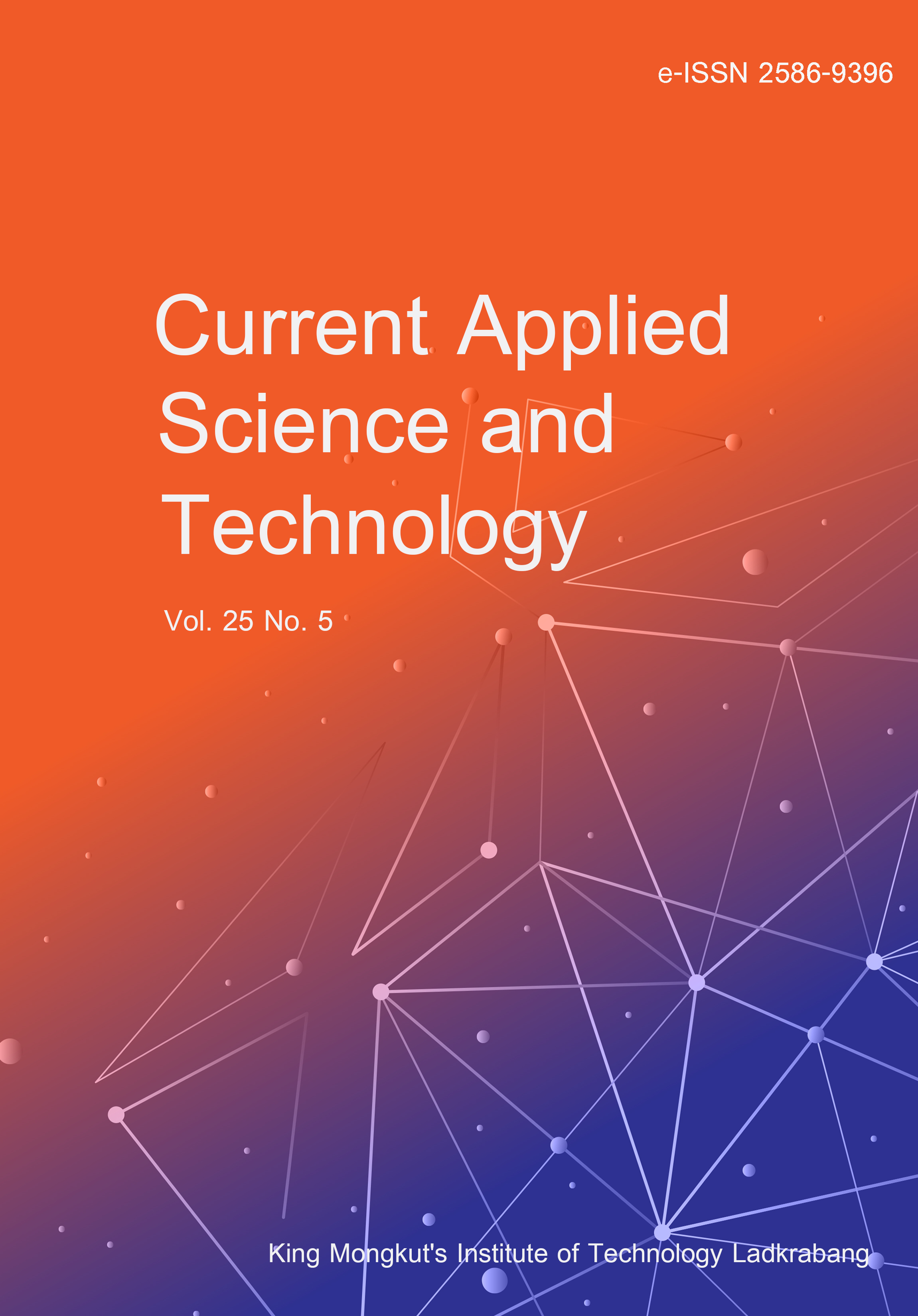A series of glass samples, with base composition of (40-x) TeO2: 30B2O3: 20ZnO: 10Li2O, was modified by incorporating varying concentrations of Sm2O3 (x = 0.00, 0.10, 0.50, 1.00, 1.50, and 2.00 mol%). X-ray diffraction analysis confirmed the amorphous nature of the prepared glasses. FTIR spectroscopy was used to investigate the structural arrangement of the glasses, revealing characteristic vibrational bands associated with Te-O, B-O, and Zn-O bonds. These bands provided insights into the glass network's evolution with changing Sm2O3 content. The optical properties of the glasses were investigated through absorption and photoluminescence studies. Absorption spectra, measured in the 400-1800 nm range, displayed seven peaks attributed to electronic transitions within the Sm3+ ion. These transitions originated from the 6H5/2 ground state to various excited states. Photoluminescence analysis, excited at 403 nm, revealed a strong emission band centered at 597 nm. This emission corresponded to the 4G5/2 → 6H7/2 transition of Sm3+, responsible for the characteristic orange luminescence. The emission intensity increased with increasing Sm2O3 concentration up to 1.00 mol%, after which concentration quenching led to a decrease in intensity. In conclusion, this study elucidates the composition-structure-property relationships in Sm2O3-doped TeO2-B2O3-ZnO-Li2O glasses. The tunable orange emission suggests their potential as phosphors for solid-state lighting applications, particularly in orange LEDs.
Yasaka, P. undefined. ., Wongwan, W. undefined. ., Boonin, K. undefined. ., Sa-ardsin, W. undefined. ., Ruamnikhom, R. R. ., & Kaewkhao, J. undefined. . (2025). Development of Orange-Emitting Sm2O3-Doped Tellurite Glasses Prepared for Solid State Lighting. CURRENT APPLIED SCIENCE AND TECHNOLOGY, e0263917. https://doi.org/10.55003/cast.2025.263917

